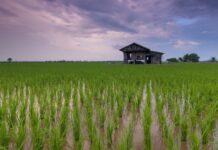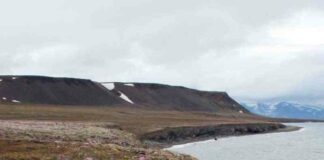For centuries, communities around Lake Constance in medieval Europe actively increased plant diversity, challenging the modern narrative of human activity solely driving environmental decline. New research, published in the Proceedings of the National Academy of Sciences, reveals a sustained biodiversity boom beginning around 500 CE, peaking around 1000 CE with a 4,000-year “plant diversity optimum.” This wasn’t accidental; it was a direct result of cultural and economic innovations in agriculture, land management, and trade.
A Historical Anomaly?
The study’s findings stand in stark contrast to current trends, where biodiversity loss is accelerating globally. Yet, the Lake Constance region offers a compelling case study: human societies can support, even enhance, biodiversity over long periods. This is especially crucial now, as we enter the Anthropocene—an era defined by human impact on Earth’s systems.
How Did It Happen?
Researchers integrated paleoecological data (fossil pollen from sediment cores) with historical records, including agricultural archives from the Abbey of St. Gall. This unique combination allowed them to reconstruct plant diversity changes over 4,000 years. The analysis showed that medieval communities didn’t simply tolerate nature; they actively shaped landscapes to promote diversity.
The Role of Innovation
The key driver was cultural adaptation. Medieval farmers weren’t just producing food; they were experimenting with agro-ecological mosaics—small-scale, diverse farming systems. Trade networks also played a role, introducing new plant species and promoting genetic exchange. This wasn’t a passive process; it was a deliberate effort to manage landscapes for both food production and biodiversity.
Lessons for Today
The findings offer a critical lesson for conservationists and policymakers: High Nature Value (HNV) farming systems can effectively enhance plant diversity without sacrificing food security. Intermediate disturbance—managed landscapes that are not entirely wild, nor entirely industrialized—can create ideal conditions for biodiversity to thrive.
The Bigger Picture
This study is more than just a historical footnote. It’s a reminder that human-environment interactions aren’t always destructive. By studying past successes, we can develop more effective strategies for managing biodiversity in the Anthropocene. The Lake Constance region offers a model for sustainable landscapes—one where human societies and nature can coexist and even flourish.
Ultimately, the medieval experience demonstrates that biodiversity isn’t just about preserving wild spaces; it’s about integrating nature into the fabric of human life
























